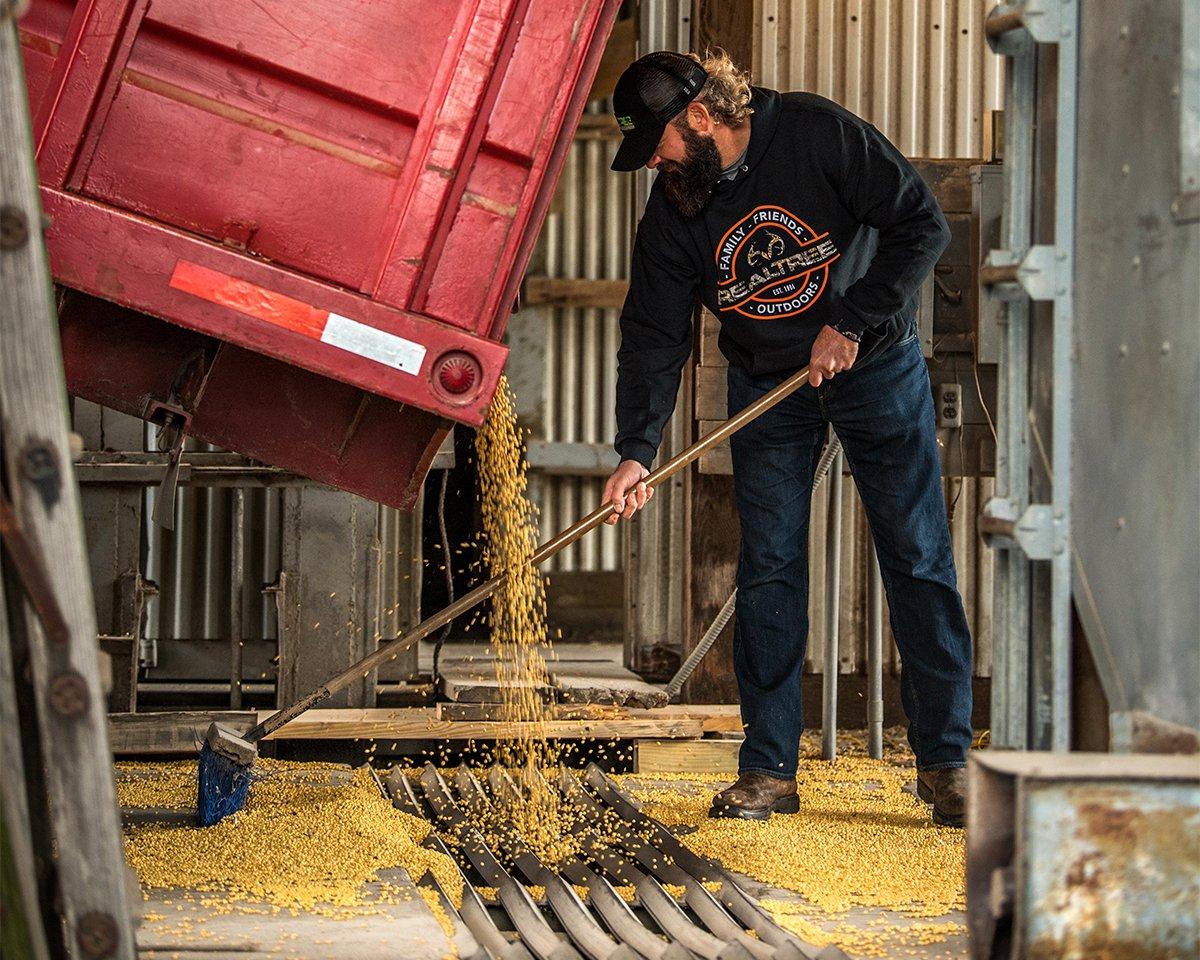Corn is nearing $7 per bushel, a price not seen in a decade. What's that mean for your early season hunting plans?
Sprouting crop fields are always my cue to start looking ahead to the next deer season. Knowing what's planted where — and how long it's likely to be green and when it's likely to be cut — is a critical part of the game plan, especially for September.
This year, if you live in row crop country, you might be seeing extra cornfields sprouting up. The price of corn has been surging for about a year, and it's now reached highs not seen in a decade. I checked prices while writing this (on June 7) and corn was coming in at near $7 per bushel. For perspective, it was about $3.18 per bushel this time last year. This story in Restaurant Business Online outlines a perfect storm of international and domestic demand, along with supply chain issues, contributing to the price hike. For restaurant owners, a dramatic spike in corn prices affects everything from tortillas to the cost of beef and poultry.
(Realtree Father's Day Gifts: Buy 1, Get 1)
Corn makes the deer hunting world go 'round, too. If baiting is part of your fall hunting program or your preseason trail-camera surveys, expect it to cost a lot more this year. As an example, I live in Kentucky — where baiting is legal — and I run a small outfitting business on the side. It wouldn't much bother me if Kentucky outlawed deer baiting altogether, but for now it's a part of the program. Shelled corn on the ground is a good way to get a shot at a deer, especially in the early archery season. We buy our corn in bulk, straight from farmers, and store it in a gravity wagon. Last year, from mid-June to early January, we fed around 150 bushels, which cost about $470. This year, to feed the same amount, it'll cost an estimated $1,050. That's enough for an accountant to notice.
(Don't Miss: 18 Secrets From Deer Scientists)
That said, do I think the cost of corn will slow deer baiting down in general? Not much. Most hunters buy corn by the bag from local farm stores. And even when the price per bushel was so low, those 50-pound bags were still selling for about $7 each. Our gravity wagon, which we bought used, paid for itself after a couple of fillings — but not everyone has a spot for a gravity wagon, and most hunters aren't using 150 bushels of corn per year. Right now, the cost of a 50-pound bag has jumped a good bit too (to about $12), but I still don't see it being so cost-prohibitive as to keep hunters from doing it. We like our pictures of late-summer velvet bucks.
Even taking bait out of the equation, you can still expect extra standing corn to impact the hunting season. I personally don't think deer live in standing corn full-time as is often claimed, but they definitely use it for food, bedding, and especially screening cover when traveling from Point A to B. A wooded drainage surrounded by standing corn is one of the few places where I'll risk a morning hunt in September, especially if there's a water source in that drainage. It's pretty easy to slip down the edge of a standing cornfield undetected in the predawn. The deer are generally standing in the stalks, but some of them trickle into the timber once it cracks daylight.
The more productive play happens later in the month, when harvesting begins. At that point, be ready to play musical treestands. About a decade ago, a farmer who'd given me permission to hunt his place called me one day around lunch to tell me he was shelling corn in the back field, where he knew I liked to hunt. I knocked off work early, carried a climbing stand in on my back, and actually waved at the farmer, who was leaving in the combine as I was walking in.
A bachelor group of 13 bucks strolled into the field an hour before dark. I killed the biggest one at about 12 steps, a heavy 8-pointer that's still one of my best bow bucks to date. There's no better time to bowhunt a cornfield than immediately after the harvest — and with extra corn planted on the landscape this season, you might get that opportunity several times over.
(Don't Miss: Prep Now for Your Best Deer Season Yet!)








